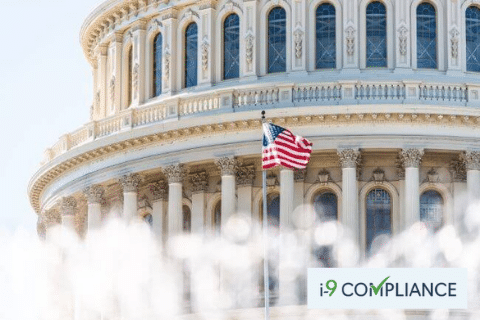Congress Reauthorizes EB-5 Regional Center Program

The EB-5 Regional Center Program (“RC Program”) has recently been reauthorized. It was allowed to lapse in the summer of 2021 but was reauthorized when it was included in the Omnibus Spending Bill that Congress passed. It was authorized for a period of five years.
The current EB-5 Regional Center Program is the result of years of work. It is intended to provide an excellent source of foreign funding that can be used for projects that will create jobs in the United States.
The current version of the program is called the EB-5 Reform and Integrity Act of 2022. There are several changes in the program, such as changes in the investment threshold amounts, a regulatory definition for targeted employment areas (TEAs), additional security and integrity measures, a five-year reauthorization time frame, and important investor protections. We will explain each of these changes next.
Changes in the Investment Threshold Amounts
There has been an increase in the threshold amounts. The threshold amount has increased to $800,000 from the previous amount of $500,000 for targeted employment areas. For non-targeted employment areas, it has increased to $1,050,000 from $1,000,000.
A Regulatory Definition For Targeted Employment Areas
The new law includes a statutory definition for targeted employment areas, which the previous law did not have. These areas include rural projects, infrastructure projects, as well as high unemployment areas; TEAs have a lower investment level in addition to visa set-asides.
High unemployment areas must be designated by the Department of Homeland Security. Learn More
Security and Integrity Measures
Under the new law, regional centers must follow a set of statutory requirements. The USCIS has the authority to decline the business plans of a regional center if the applicants have participated in criminal conduct, fraud, or if the plan would be a threat to national security. Also, no one that has been convicted of a crime in the past ten years or in a civil fraud that resulted in a liability of over $1 million dollars can participate in the EB-5 program. Additionally, the USCIS must audit every regional center once every five years and conduct a site visit. Also, regional centers must send the USCIS an annual statement of their investing activities. If they fail to submit the report, they could receive civil penalties, have their operations suspended, or even be permanently disbarred. Also, there are source-of-funds requirements to make sure investor funds come from a legitimate source. EB-5 offerings are also subject to U.S. securities laws.
Protections for Investors
The principal investor’s children will now be able to retain their visa opportunity after they turn 21 if they stay unmarried and the principal investor has been approved as a permanent resident. They must also file a petition requesting that the child remains in the U.S. within one year after the conditional status of the child has been terminated. Also, there are now regulations allowing EB-5 commercial enterprises to move their capital to any place in the United States to ensure that foreign investments remain at risk. There is also a grandfathering provision that makes sure that investor provisions that were filed on or before Sept. 30, 2026, will still be processed even if Congress does not reauthorize the RC program when it expires on Sept. 30, 2027.
Final Thoughts
Reauthorizing the EB-5 Regional Center Program should provide a considerable amount of foreign capital for regional centers to use for new projects. It will also allow any applications that were put on hold when the program lapsed to be processed.
Interested in automating your employment eligibility verification? Ensure compliance today with I-9 Compliance.